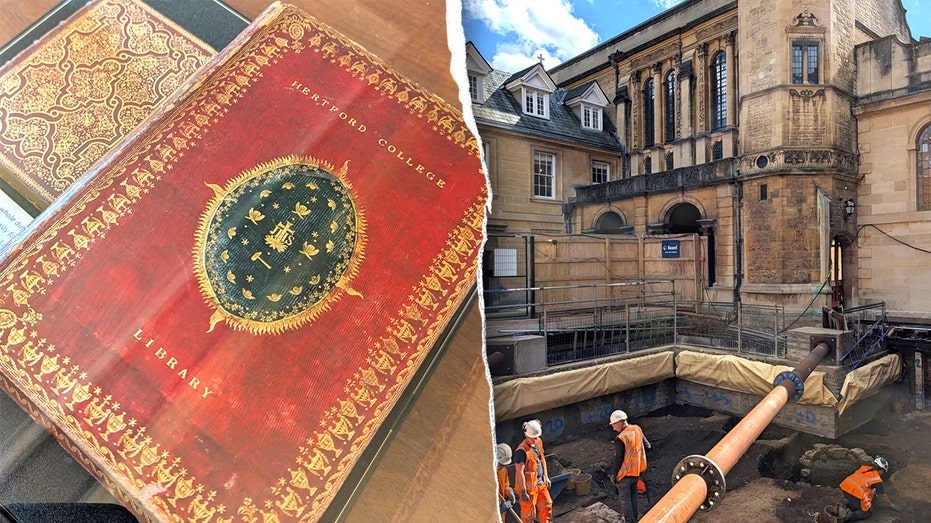Recent research into the Andean monument known as Monte Sierpe, or the “Band of Holes,” suggests that this iconic landscape feature may have served as part of an Indigenous system for accounting and exchange. This revelation comes from a combination of sediment analysis and drone photography conducted by a team of researchers in 2023.
Located in the Andean region of South America, Monte Sierpe has long intrigued archaeologists and historians due to its unique structure. The monument consists of a series of holes arranged in a spiral pattern, but its original purpose has remained a mystery for decades. The recent study sheds new light on this enigmatic site, indicating that it may have been used to track resources or facilitate trade among Indigenous communities.
Innovative Research Techniques Provide New Insights
The multidisciplinary approach utilized by the research team included advanced techniques such as drone mapping and detailed sediment sampling. These methods allowed the team to analyze the physical characteristics of the site more thoroughly than previous studies. By examining the sediment layers, researchers were able to identify patterns that suggest organized activity, likely related to the management of resources.
According to lead researcher Dr. Maria Torres, an anthropologist at the University of Andean Studies, “The data indicate that this site was not merely a ceremonial or symbolic location, but rather an active center for economic exchange.” The findings contribute to a growing body of evidence supporting the idea that Indigenous societies in the region employed sophisticated methods of accounting and resource management.
Implications for Understanding Indigenous Economies
This interpretation of Monte Sierpe emphasizes the complexity of Indigenous economies in South America before European contact. The study challenges previous assumptions that these communities operated solely on barter systems without advanced organizational structures. Instead, it points to a nuanced understanding of trade and resource allocation.
The research also highlights the importance of protecting and studying archaeological sites like Monte Sierpe. As Dr. Torres noted, “Understanding the historical significance of these sites is crucial for appreciating the rich cultural heritage of Indigenous peoples.” The findings could inform future conservation efforts and promote greater awareness of Indigenous contributions to the region’s history.
In conclusion, the study of Monte Sierpe reveals that this impressive monument may have played a vital role in Indigenous accounting and exchange systems. Through innovative research techniques and a focus on the economic practices of Indigenous communities, this work opens new avenues for understanding the past and its relevance to contemporary discussions about cultural heritage and identity in South America.







